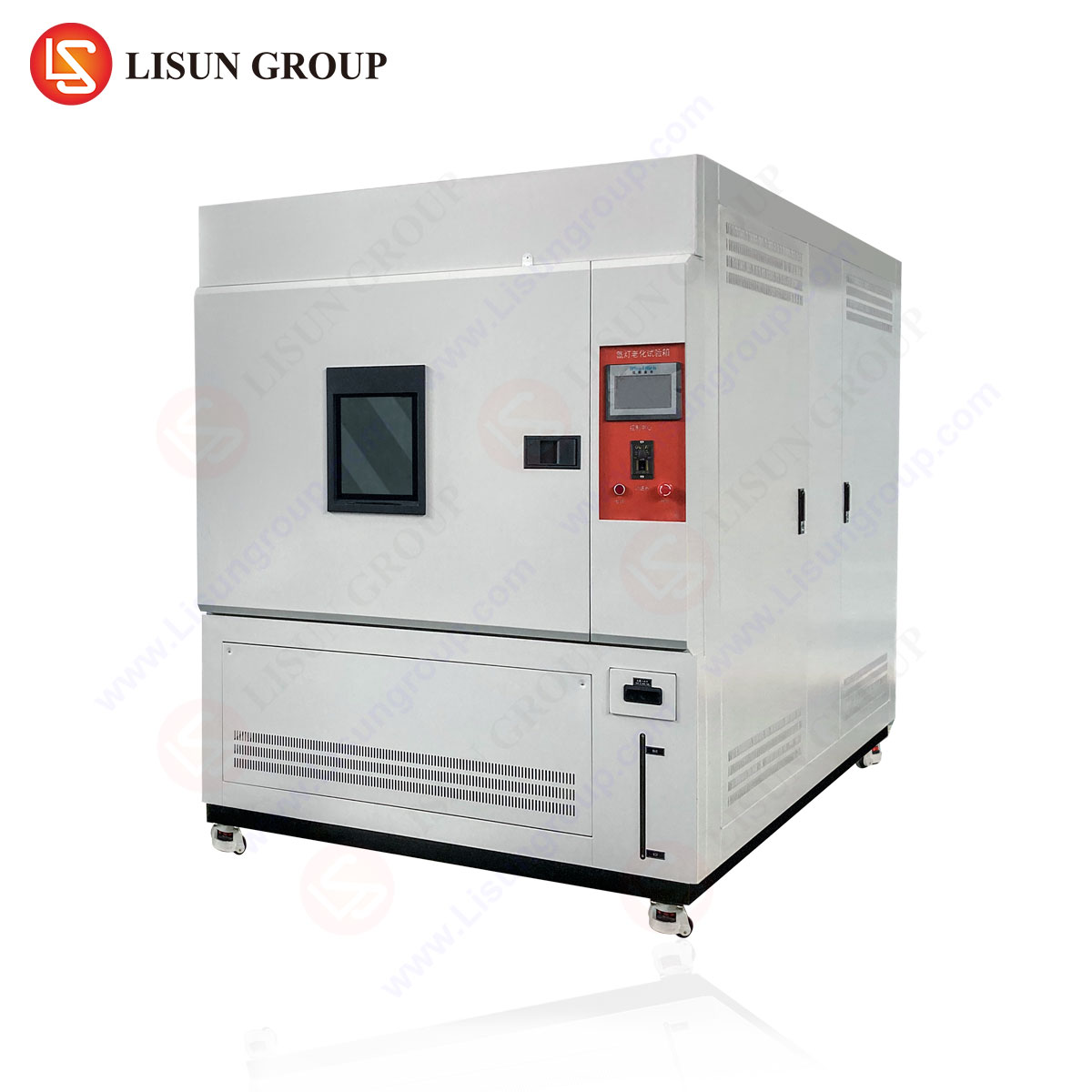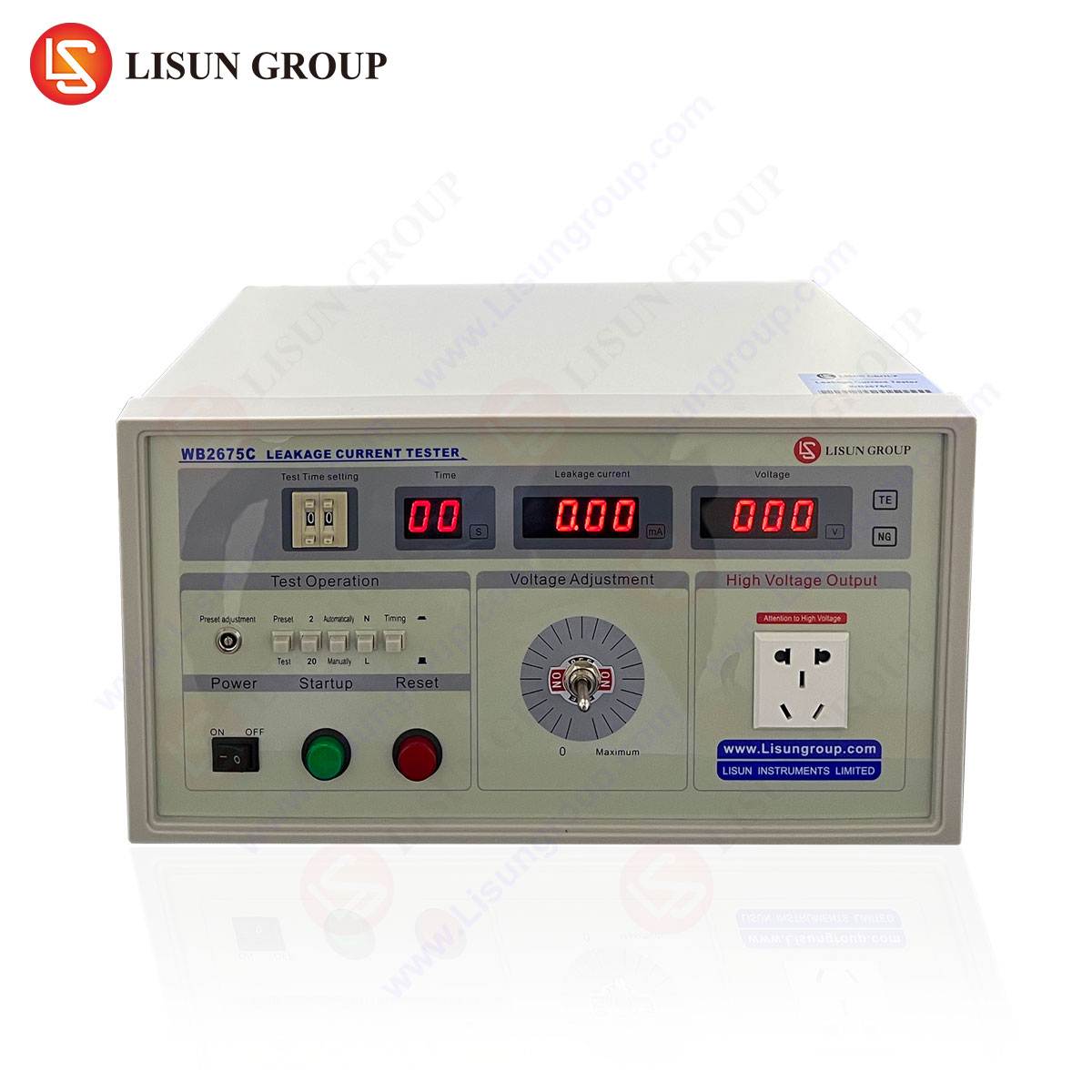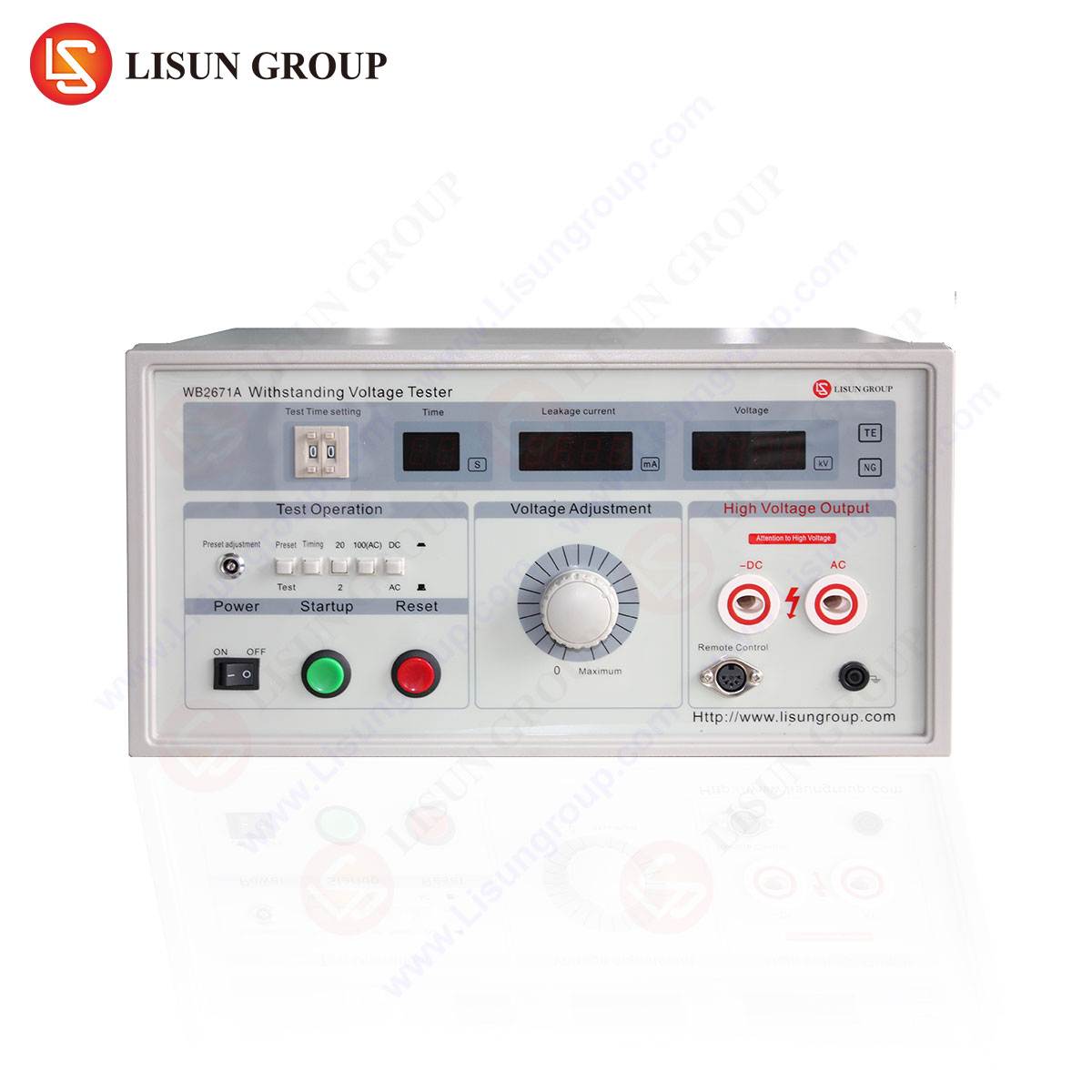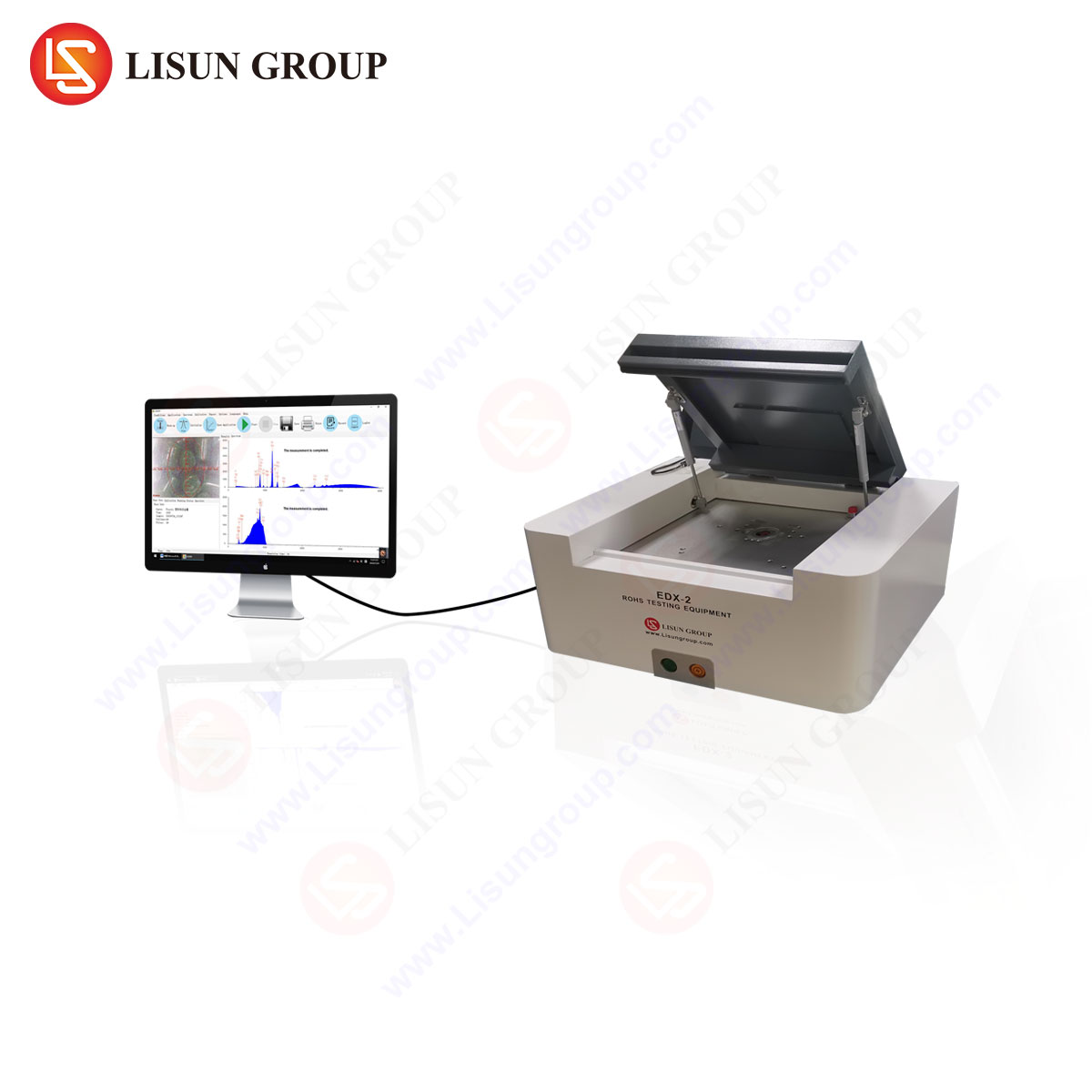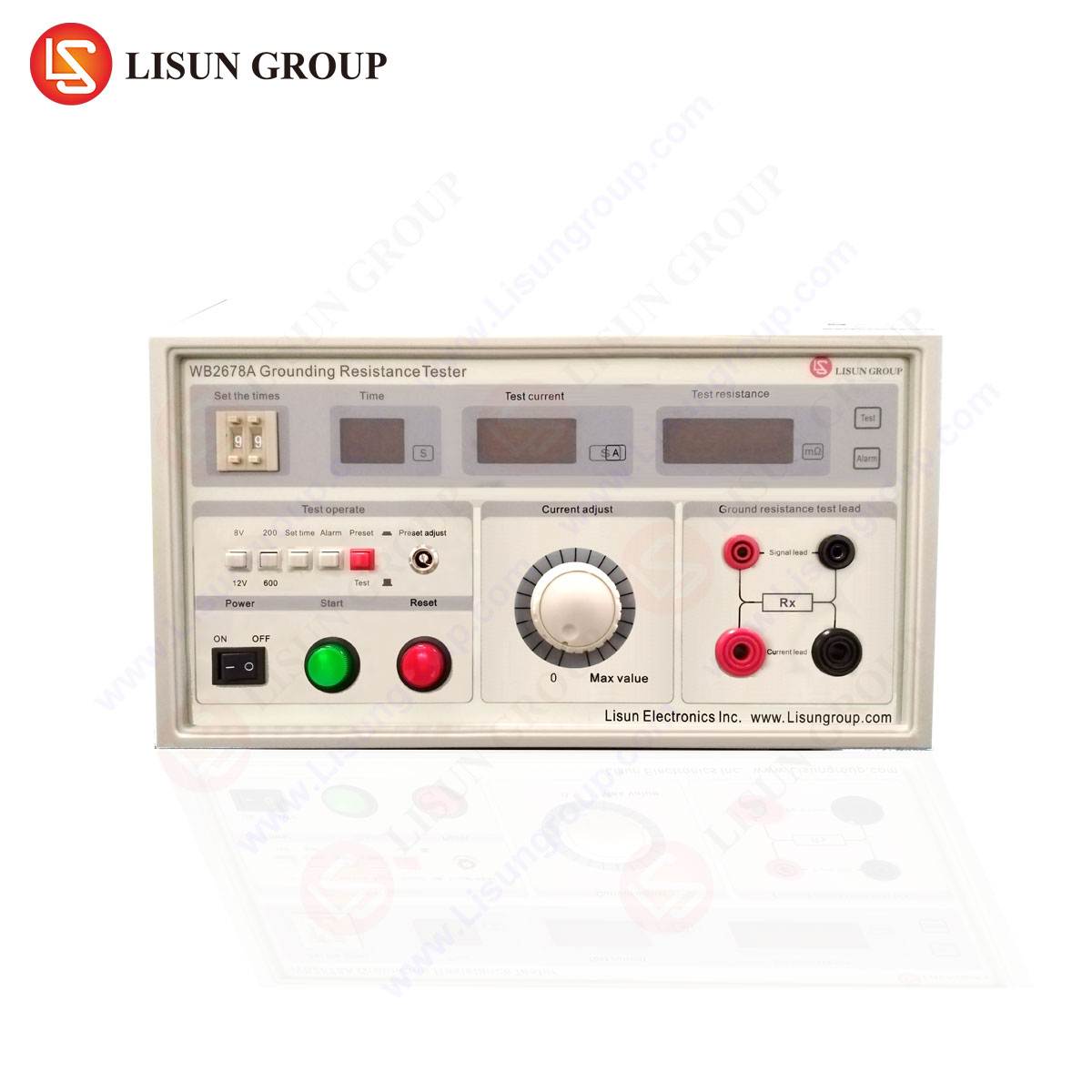The Measurement of Surface Gloss: Principles and Industrial Applications
The quantification of surface gloss is a critical parameter in the manufacturing and quality assurance processes of numerous industries. As a fundamental visual characteristic, gloss influences consumer perception, signifies product quality, and can be indicative of functional surface properties such as durability, cleanliness, and coating consistency. The objective measurement of this attribute has evolved from subjective visual comparisons to highly precise, standardized instrumental analysis. The digital gloss meter represents the pinnacle of this evolution, providing reliable, quantifiable data essential for maintaining stringent quality control standards across diverse sectors.
Fundamental Principles of Gloss Measurement
Gloss is formally defined as the attribute of a surface that causes it to have a shiny or lustrous appearance. This optical property is a function of the surface’s ability to reflect incident light in a specular direction, as opposed to scattering it diffusely. The underlying physics is governed by the Fresnel equations, which describe the reflection of light at an interface between two media with different refractive indices. For a perfectly smooth, flat surface, the fraction of incident light reflected specularly is determined by the angle of incidence and the refractive index of the material.
In practical terms, a gloss meter operates by projecting a beam of light onto the test surface at a fixed, standardized angle and simultaneously measuring the amount of light reflected at the mirror-image angle. The ratio of the reflected luminous flux to the incident luminous flux, relative to a calibrated reference standard, yields the gloss value, which is expressed in Gloss Units (GU). A perfectly polished black glass standard with a refractive index of 1.567 at the sodium D line is defined to have a gloss value of 100 GU at a specified geometry. The choice of measurement angle—20°, 60°, or 85°—is dictated by the anticipated gloss range of the material, as standardized by international norms such as ASTM D523 and ISO 2813.
The 60° geometry is considered the universal angle and is applicable to most surfaces. The 20° geometry is employed for high-gloss surfaces (typically those above 70 GU at 60°), as it provides better differentiation between such samples. Conversely, the 85° geometry, or grazing angle, is used for low-gloss and matte surfaces (typically those below 10 GU at 60°), enhancing the measurement sensitivity in this range. The precision of a modern digital instrument hinges on its integrated optoelectronics, which must maintain strict alignment and calibration to ensure the incident angle remains constant and the detector captures only the specular component of reflection.
The AGM-500 Digital Gloss Meter: A Technical Overview
The LISUN AGM-500 Digital Gloss Meter exemplifies the integration of these fundamental optical principles with advanced digital processing. Designed for laboratory-grade accuracy in both controlled and production-line environments, its architecture is engineered for reliability and user independence. The device features a high-quality optical system comprising a stable LED light source, a series of precision lenses and apertures, and a high-sensitivity silicon photoelectric cell. This system ensures a consistent, monochromatic light source and a highly focused beam for accurate measurement.
The AGM-500 is a multi-angle gloss meter, incorporating the three primary geometries (20°, 60°, and 85°) within a single, robust housing. This allows for the comprehensive analysis of any surface without the need for multiple instruments. Upon activation, the device automatically selects the appropriate measurement angle based on the sample’s gloss level, or it can be manually configured by the operator for specific testing protocols. The measured gloss value is processed by an internal microprocessor and displayed instantly on a high-resolution LCD screen.
Key technical specifications of the AGM-500 include:
- Measuring Range: 0 to 1000 GU (across all three angles)
- Measuring Spot Size: 20°: 10x10mm; 60°: 9x15mm; 85°: 5x38mm
- Accuracy: ±1.0 GU for readings under 100 GU; ±1.0% for readings over 100 GU
- Repeatability: ±0.5 GU for readings under 100 GU; ±0.5% for readings over 100 GU
- Interface: USB data output for seamless integration with quality management software
- Standards Compliance: Conforms to ASTM D523, ISO 2813, GB/T 9754, and other national and international standards.
The device is calibrated using a included master calibration tile traceable to national metrology institutes. Its ergonomic design, featuring a compact form factor and a stable measurement base, facilitates both handheld and benchtop operation, making it suitable for a wide array of applications, from small components to large finished products.
Calibration and Standardization Protocols
The accuracy of any gloss measurement is intrinsically tied to a rigorous calibration regimen. The process involves a two-point calibration system: zero calibration and master calibration. Zero calibration is performed using a black glass trap or a specialized matte surface that provides a near-zero reflection reference, establishing the instrument’s baseline. Master calibration is then performed using the high-gloss reference tile that accompanies the instrument. This tile has a known, certified gloss value, typically 100 GU or similar at a given angle.
For the AGM-500, this process is streamlined. The instrument guides the user through the calibration steps, ensuring it is performed correctly and consistently. Regular recalibration is essential to account for potential drift in the light source’s intensity or the detector’s sensitivity over time. Furthermore, the reference standard tiles themselves must be handled with extreme care. They are susceptible to scratching, contamination from fingerprints, and dust, all of which can alter their reflective properties and compromise the entire calibration chain. Proper storage and cleaning with recommended solvents are mandatory to maintain measurement integrity.
Adherence to international standards is not merely a feature but a necessity for cross-industry acceptance of data. The AGM-500’s compliance with ASTM, ISO, and other standards ensures that gloss measurements are comparable and reproducible across different laboratories and manufacturing sites globally. This is particularly crucial for multinational corporations and their supply chains, where components may be produced in one location and assembled in another.
Industrial Applications in Quality Assurance
The application of digital gloss meters spans a vast spectrum of industries where surface finish is a critical quality attribute. The quantitative data provided by instruments like the AGM-500 is integral to incoming inspection, in-process control, and final product verification.
In the Automotive Electronics and exterior finish sectors, consistency of gloss is paramount. Interior components such as dashboard panels, control knobs, and touchscreens must exhibit a uniform gloss level to meet aesthetic design specifications. Exterior paint and trim components are measured at 20° to ensure a deep, high-gloss shine that is consistent across all body panels. A variance in gloss can indicate issues with paint formulation, application parameters, or curing processes.
Household Appliances manufacturers rely on gloss measurement to guarantee that the surfaces of refrigerators, ovens, washing machines, and other products have a consistent appearance, whether they are high-gloss, semi-gloss, or matte. A gloss meter can detect subtle defects such as orange peel, hazing, or uneven polishing on metallic and painted surfaces.
For Lighting Fixtures and reflectors, gloss is not solely an aesthetic concern but a functional one. The efficiency of a reflector is directly related to its ability to specularly reflect light. A gloss meter can be used to verify that reflectorized surfaces maintain their optimal reflective properties after forming, coating, or cleaning processes.
The Electrical and Electronic Equipment industry utilizes gloss meters to assess the finish on enclosures for industrial control systems, telecommunications equipment, and server racks. A consistent matte finish is often desired to minimize glare in operational environments. Similarly, manufacturers of Consumer Electronics and Office Equipment (e.g., laptops, smartphones, printers) have stringent requirements for the gloss of plastic and glass components to ensure a premium feel and visual appeal.
In Aerospace and Aviation, gloss measurements are performed on both interior and exterior components. Interior panels and controls require specific low-glare finishes for pilot ergonomics, while exterior composite surfaces must meet precise gloss specifications for both aesthetics and maintenance reasons. The Medical Device industry employs gloss meters to verify the surface finish of handheld devices, diagnostic equipment housings, and other components where a specific gloss level may be required for cleanliness protocols or user interface clarity.
Even within Cable and Wiring Systems, the gloss of the external jacketing can be a quality indicator, potentially signaling correct compounding and extrusion parameters. Similarly, the finish on electrical components like switches and sockets is frequently checked to ensure brand consistency and consumer satisfaction.
Advantages of Modern Digital Instrumentation
The transition from analog to digital gloss meters represents a significant advancement in metrology. Modern instruments like the AGM-500 offer distinct advantages that enhance the quality assurance workflow. The foremost advantage is objectivity. Digital devices remove human subjectivity from the assessment, replacing visual comparison with a precise numerical value. This eliminates disputes between operators and suppliers and provides defensible data for quality audits.
Data integrity and traceability are another critical benefit. The AGM-500’s ability to store hundreds of measurements and export them via USB allows for comprehensive statistical process control (SPC). Quality managers can track gloss trends over time, correlating them with process variables to identify and rectify issues before they result in non-conforming production runs. This data logging capability is essential for industries requiring full traceability, such as automotive and aerospace.
Operational efficiency is also greatly improved. The automatic angle selection and statistical calculation functions (e.g., average, max, min, standard deviation) of the AGM-500 reduce operator error and measurement time. The robust construction of professional-grade meters ensures they can withstand the rigors of a production floor environment, providing reliable data day after day. Furthermore, their calibration stability ensures that measurements remain accurate over extended periods, reducing the frequency of recalibration and associated downtime.
Interpreting Gloss Measurement Data
A gloss value in GU is not an absolute property but a relative one, tied to the specific measurement geometry and the calibration standard. Therefore, data interpretation must always be contextual. A gloss value is most meaningful when compared against an established acceptance range defined in a product specification. Trend analysis is often more valuable than a single data point. A gradual decrease in gloss on a production line might indicate wear on polishing tools, a shift in coating viscosity, or a change in curing oven temperature.
It is also crucial to understand the limitations of the measurement. Gloss meters measure specular reflection but are not direct measures of surface roughness, though a strong correlation often exists. Two surfaces with identical roughness profiles but different refractive indices will yield different gloss readings. Conversely, different surface structures can sometimes produce similar gloss values. For a complete surface characterization, gloss measurement is often used in conjunction with other techniques, such as spectrophotometry for color or profilometry for topographic mapping.
FAQ
Q: How often should the AGM-500 Gloss Meter be calibrated?
A: For most quality control environments, a weekly or monthly calibration check is recommended. The frequency should be increased if the instrument is used heavily, subjected to harsh environmental conditions, or if required by a specific industry standard. It is also imperative to perform a calibration immediately if the instrument is dropped or otherwise shocked.
Q: Can the AGM-500 measure curved surfaces?
A: The instrument is designed for flat, planar surfaces. While slight curvature can be accommodated, significant curvature will compromise accuracy because it alters the incident and reflection angles defined by the instrument’s geometry. For curved parts, a dedicated jig that presents a small, flat portion of the surface to the meter is often necessary for reliable measurement.
Q: Why are three measurement angles necessary?
A: Different angles provide different levels of sensitivity across the gloss range. A 20° angle offers high differentiation between high-gloss samples, a 60° angle is a good general-purpose geometry, and an 85° angle maximizes sensitivity for very matte surfaces. Using the correct angle ensures the measurement is optimized for the sample’s properties and provides the most meaningful data.
Q: How does surface cleanliness affect gloss measurements?
A: Profoundly. Fingerprints, dust, oil, and other contaminants will scatter light and absorb some of the incident beam, leading to an erroneously low gloss reading. The test surface must be thoroughly cleaned with an appropriate solvent and lint-free cloth immediately prior to measurement to ensure results reflect the true properties of the substrate.
Q: Is the gloss value correlated with color?
A: While the gloss meter uses a filtered light source to minimize the influence of color, it is not entirely color-independent. Very dark, high-chroma colors (especially black) can absorb more of the light beam, potentially resulting in a slightly lower gloss reading compared to an otherwise identical white sample. For critical applications, samples should be compared against standards of a similar color.


